
Do you have a question about the Panasonic KX-HDV430 and is the answer not in the manual?
Addresses protecting private data, passwords, and preventing unauthorized access.
Provides guidelines for proper disposal of electronic products and batteries in EU countries.
Details information specific to users in various countries like US, Canada, UK, and Australia.
Offers advice on environment, care, touch display, and placement for optimal phone usage.
Lists included and optional accessories for the KX-HDV330 and KX-HDV430 models.
Covers procedures for installing the phone, attaching the stand, making connections, and wall mounting.
Identifies and explains the function of all buttons and controls on the telephone.
Explains the telephone's display, status bar icons, and operation icons used in the interface.
Lists and describes the menu items available in standby mode for phone functions.
Details the Personal and Shared phonebook features, storage, and security.
Explains fundamental operations like going off/on-hook, adjusting volume, and using Bluetooth headsets.
Explains basic methods for making calls, including dialing, predialing, and easy dialing.
Covers how to answer, reject, and manage incoming calls, including auto-answer.
Details how to enable and cancel hands-free mode for conversations.
Explains call management features like transfer, hold, splitting, and conference calls.
Guides on using the video call feature, including screen modes and options.
Explains how to set up call forwarding and do not disturb features for managing calls.
Details storing, editing, deleting, and searching items in the personal phonebook.
Describes how to check the status of each line on the display in standby and during calls.
Explains how to access and manage voice mail messages.
Guides on registering, viewing, and controlling network cameras for video feeds.
Covers registering, calling, and managing communication cameras for video and voice communication.
Explains how to change the telephone's LCD display settings and select the display language.
Guides on setting a telephone password for security and accessing features like phonebook lock.
Covers assigning, editing, and deleting hot keys for quick dialing and managing call types.
Explains how to change function keys and lists the types of functions available for assignment.
Details features for making and blocking anonymous calls.
Explains how to store phone numbers to reject incoming calls, effectively blocking unwanted callers.
Describes how to enable ECO mode to reduce electricity consumption by changing link speed settings.
Provides a layout of basic settings menus for incoming, talk, answer, key, display, and other options.
Details the structure of system settings, including status, network, and system configurations.
Outlines advanced settings including Xsi, UC, Call, Executive, and Assistant settings for call management.
Lists features programmable via the Web user interface for configuration and management.
Mentions how to update the phone's software version for new features and improvements.
Explains the six character entry modes for inputting various characters on the phone.
Provides a character table specifically for entering administrator passwords.
Lists menu items available depending on the phone's mode (voice/video call, camera view) and model.
Details the technical specifications for KX-HDV330, KX-HDV430, and KX-HDV20 models.
Offers solutions for common issues related to display, performance, sound quality, phonebook, and Bluetooth headsets.
Lists common error messages, their possible causes, and recommended solutions for unit operation.
Records changes and new contents in software file versions, specifically for version 06.000 or later.
Provides instructions and templates for wall mounting the telephone unit and expansion modules.
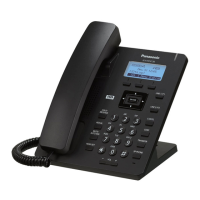
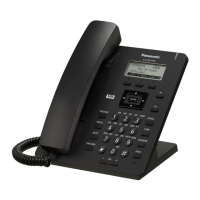
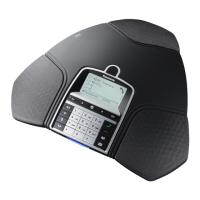


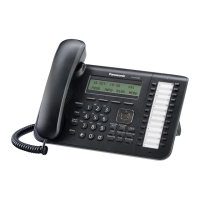
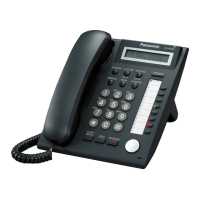
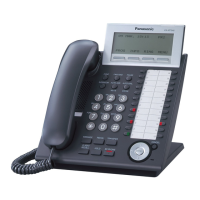
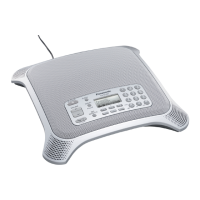
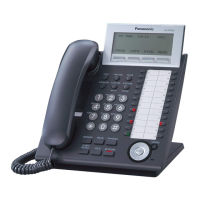
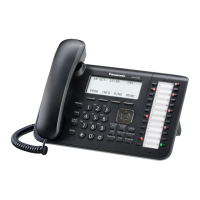
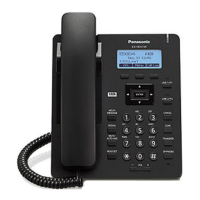
